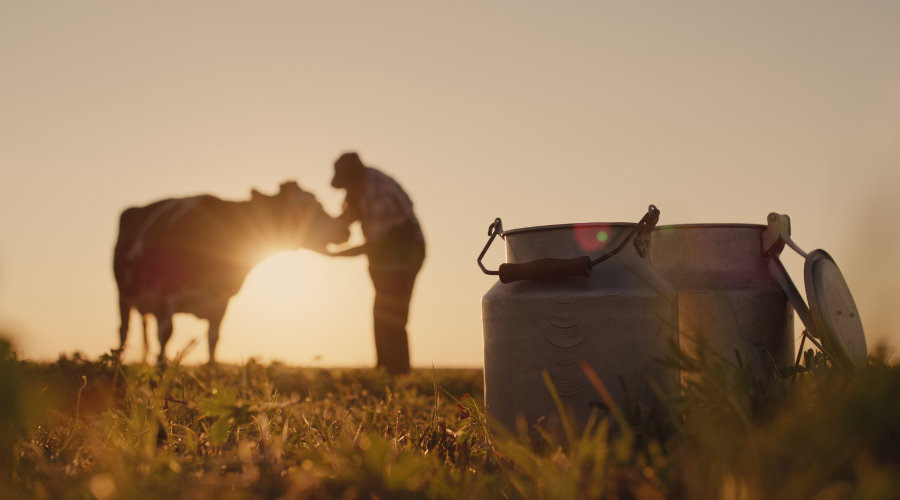Significant improvements noticed in herd health and milk quality
15th January 2024
Farmers have made significant improvements in dairy herd fertility, production, and somatic cell counts, according to the National Milk Records’ latest Key Performance Indicator (KPI) report.

The report is based on data from 500 NMR-recorded Holstein Friesian herds for the year ending August 2023 and shows trends from 2010, when the University of Reading first published the KPI report.
Annual trends in herd health from 2010 to 2023 show that 70% of herds had somatic cell counts (SCC) below 200,000 in the year ending August 2023, which marks an improvement from 44% in 2010. What is more, in 2023, 52% of all cows in the 500-herd sample completed their lactations without recording a single high SCC above 200,000 cells/ml. The equivalent figure in 2010 was 35% of cows.
Mastitis incidence across a 242 sample of the 500 recorded herds averaged 22 cases per 100 cows per year, a reduction of 14 cases per 100 cows per year since 2016. In herds with mastitis records, which is about half the herds in the sample, 85% of cows recorded no mastitis in completed lactations, an increase from 79% in the same period.
Fertility improvements
Fertility improvements have also been noticed, and since 2010, the mean age at first calving has decreased by 89 days to 804 days (2.2 years), although it has increased by five days since 2022. The median calving interval is also 30 days shorter than in 2010, at 394 days, but remains unchanged since the last report in 2022.
Conception rates increased by 1% compared to 2022 to 39%, and, during the past 14 years, they have increased by 7%. However, the variation remains high between herds, from 32% in the bottom quartile of herds to more than 45% in the best quartile. Heat detection has also improved by 11% since 2010 and is now 41%.
Production
Milk yields have remained stable for the past five years, averaging 8,737kg in 2023, up slightly from 8,708kg in 2022 and by more than 1,000kg on 2010 data. Lifetime milk per cow per day increased by 25% from 10.5kg in 2010 to 12.7kg in 2023.
The most significant improvements have been made in milk fat and protein in the 13 years that the report has been published. Milk fat has increased from 3.35% in 2010 to 4.26% in 2023 and is up from 4.18% in 2022. Protein has risen from 3.33% to 3.36% since 2022, up from 3.27% in 2010.
The director of National Milk Records, Ben Bartlett, said the latest results of the report show that the UK dairy industry is “moving in the right direction” when it comes to cow health, fertility and production.
He added: “Farmers, vets and advisers who make good use of milk records and take advantage of this valuable data to benchmark their herds against the top 25% for key parameters can make informed decisions and monitor progress in the herd. This will underpin the business’s sustainability.
“Dairy management software systems such as InterHerd+ have made this easier through functionality that allows vet practices and consultants to compare the performance of their dairy clients as a group and individually alongside the 500 NMR herds in the report and identify weaknesses and where improvements can be made.”
Read more livestock articles in our livestock hub.
